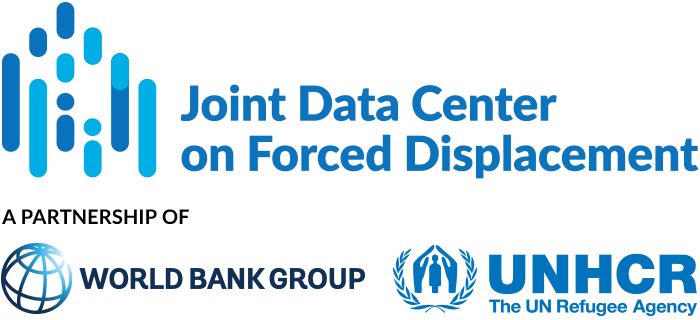This article examines the effects of UNICEF’s cash transfer program, Hajati, on social cohesion and connectedness in Jordan.
JDC Literature Review
Determinants of institutional delivery service utilization among internally displaced vulnerable populations in Benadir region, Somalia: A community based cross-sectional study
This study examines the use of maternal health care services in internally displaced person (IDP) camps located on the outskirts of Mogadishu, Somalia.
Legal residency status and its relationship with health indicators among Syrian refugees in Lebanon: a nested cross-sectional study
This study investigates the relationship between legal residency status and the health of Syrian refugees in Lebanon, which hosts the world’s highest per capita refugee population, with over 1.5 million Syrian refugees, including approximately 815,000 registered with UNHCR.
The power of dialogue: Forced displacement and social integration amid an Islamist insurgency in Mozambique
This paper investigates the impact of a community-based field experiment designed to promote the social integration of internally displaced persons (IDPs) into the local community in Pemba, the capital of Cabo Delgado, northern Mozambique.
Investigating the interplay between electricity access and food security: Insights from refugee settlements in Zambia, Malawi, and Uganda
This article investigates the impact of electricity access on food security, focusing on refugee settlements in Zambia, Malawi, and Uganda.
Ethnic diversity and conflict in sub-Saharan Africa: Evidence from refugee-hosting areas
This article examines how forced migration affects ethnic diversity and conflict in Sub-Saharan Africa.
Exploring relationships between conflict intensity, forced displacement, and healthcare attacks: a retrospective analysis from Syria, 2016–2022
This article investigates the relationships between healthcare attacks, conflict incidence, and internal displacement in Syria between 2016 and 2022. Over the 13 years of civil conflict in Syria, over 7.2 million people have been internally displaced, and 6.5 million refugees have fled the country.
How Social Networks Shape Refugee Movements in Wartime: Evidence from the Russian Attack on Ukraine
This article investigates the factors influencing the destination choices of Ukrainian refugees in the European Union (EU) between March and December 2022.
No longer a blind spot: Climate change adaptation policies must address forced displacement
This brief article advocates for a systemic, long-term, development-oriented approach to climate-induced displacement, alongside humanitarian responses.
The authors draw on an analysis of 42 National Adaptation Plans (NAPs) and 166 Nationally Determined Contributions (NDCs). NAPs are submitted by developing states to Conferences of the Parties (COP) and detail their medium- and long-term adaptation priorities and strategies. NDCs are climate action plans to cut emissions and adapt to climate impacts.
Do rights violations deter refugees?
This paper examines the effect of asylum policies on the number of asylum applications and refugee arrivals. Specifically, the author tests the “deterrence hypothesis” that enacting punitive measures reduces the number of asylum applications and refugee arrivals.


